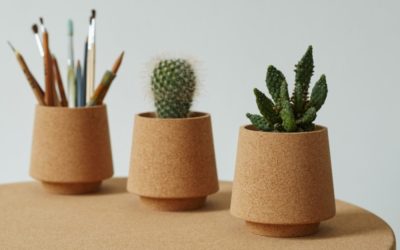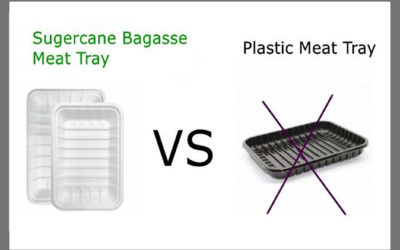Increasingly, customers are looking for takeaway outlets that offer more environmentally friendly takeaway container choices. There are various options becoming popular with takeaway outlets, so let’s have a look at some of them.
1. Bagasse
Bagasse has traditionally been seen as a by-product following the production of other materials, but this sugarcane pulp is now being made into a variety of other products including takeaway containers. As a 100% biodegradable option, bagasse is becoming popular as a replacement for plastic clamshell containers. Bagasse has heat retentive and leak-proof properties, so it’s no surprise the takeaway industry is beginning to embrace it.
2. Paperboard
Paperboard is a different material to cardboard, although the two are often talked about interchangeably. While paperboard is simply one layer of paper, cardboard is a stronger material made up of three layers. As such, cardboard takes more material to create, so it often has a larger ecological footprint. Paperboard’s useful for cold takeaway containers and can be constructed to be leak-proof, making it ideal for sandwiches, wraps and even cones of chips to be eaten immediately.
3. Bamboo
Thanks to it being a natural material, bamboo is one of those options for takeaway containers and cutlery which will biodegrade over time. It has a natural waxy surface which doesn’t need painting and so won’t be covered in toxic chemicals that might create a health hazard for use with food. So, as an option for takeaway containers, it’s a renewable and sustainable choice, but bear in mind that it might not be the cheapest option on the market.
4. PLA
Polylactic Acid (PLA) might have some of the same features as traditional plastics, but it’s derived from natural products and so is a much more sustainable option than normal plastics. Due to the composition of PLA, it’s only suitable for cold foods or those up to around 40°C, although there are some PLA-based products coming to market that have more heat resistance. Under the right conditions, PLA products are compostable, so that’s a tick for companies hoping to impress customers with their green credentials, but it isn’t simply a case of putting them in a bin. For best results, PLA containers should be composted in an industrial facility with exactly the right conditions.
Conclusion – More Choice Than Ever
When takeaway outlets are contemplating the right materials for their takeaway containers, there’s certainly more choice on the market than ever before. That’s obviously a positive thing, especially when the options are more sustainable and eco-friendlier than previously, yet it creates a whole set of new questions about what might be best for an individual company’s needs.
Ultimately, the takeaway container you choose for your business needs to tick all the right boxes – including being the right cost. But, remember, that customers are migrating towards outlets that put emphasis on saving the planet, so don’t get left behind.
Fancy reading some more?
Should You Protect Your Employees with Disposable Face Masks?
As the impact of coronavirus continues to be felt around the world, there are frequent questions here in the UK about getting back to work and how that’s likely to happen in the short term. One of the contentious elements in all this has become face masks. Should your...
read moreHow Cork is Starting a Quiet Revolution
Environmentally friendly materials are found in things we see every day and harnessing the power of these materials can help reduce our carbon footprints and provide some innovative solutions to daily challenges. Cork is one of those materials you might not think of...
read moreHow are UK Supermarkets Fighting Plastic Waste?
Supermarkets are at the forefront of the battle against plastic waste, so much so that major chains signed up alongside brands such as Nestlé and Coca-Cola to the UK Plastics Pact in 2018. Between them, these brands account for over 80% of the UK’s plastic waste,...
read more


